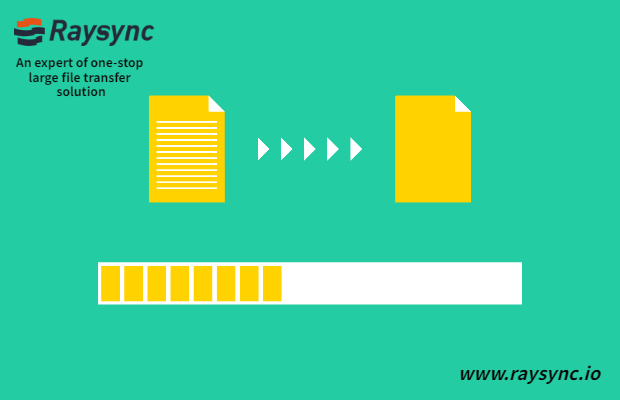Raysync Tutorial - Three File Sync Modes You Should Know
October 16, 2020
In order to solve the problem of fast synchronous backup of large files, based on the high-speed transfer protocol, Raysync developed the synchronous backup function of GB/TB large files, which can increase the speed by more than 30 times.
There are three modes of the file sync function of Raysync, as follow:
- Select file sync in every second/minute/hour.

Enter the interval time in the input box, and select the time unit in the drop-down box. For example, if 60 seconds is set, the synchronization task will implement every 60 seconds.
- Select to run the sync task in XX hours XX minutes every day.

Time can be customized in the input box, for example, 16:10 every day, it will automatically start to sync at 16:10 every day.
- Synchronize once at a specific time.

Raysync supports file sync only once at a specific time. For example, if you set the sync time at 2021-12-13 11:00, the sync task will execute at this time only once.
You might also like

Industry news
November 6, 2024Elevate your file transfer experience and discover user-friendly web-based FTP client solutions for seamless file transfers!

Industry news
February 28, 2025Master server-to-server file transfers with our comprehensive Rsync tutorial. Learn how to securely and efficiently rsync between two servers today!
![Comprehensive Guide to Fix High TCP Latency [Latest Update]](http://images.ctfassets.net/iz0mtfla8bmk/1vz6FnHP3R1YuWOcH3mI6g/dc12d27c3e957944791cfa1a3767370d/tcp-latency.png)
Industry news
May 9, 2025Discover practical strategies to reduce TCP latency and enhance network performance. Learn about causes, measurement techniques, and solutions.